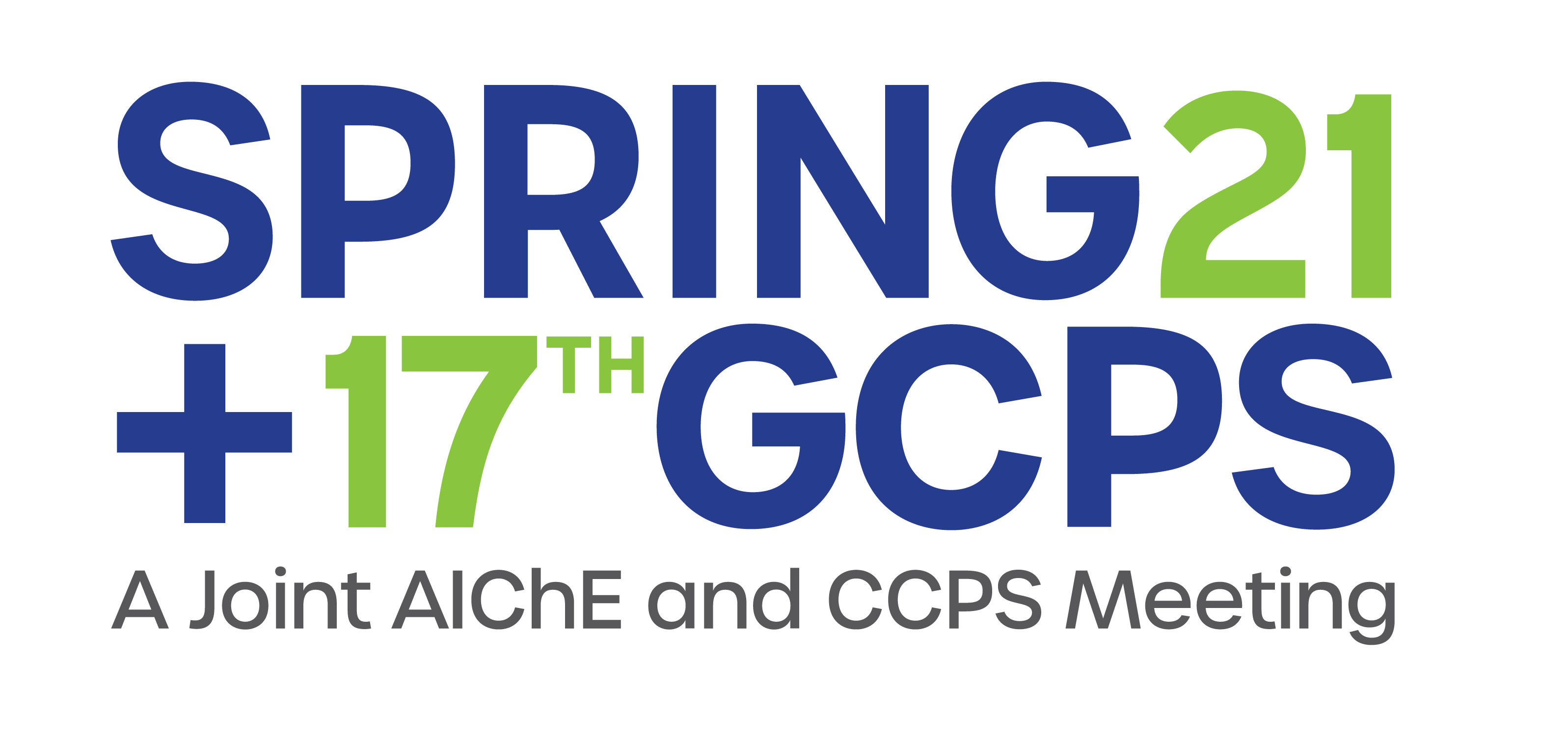

The Norwegian Public Roads Administration (NPRA) is an administrative agency of the Norwegian government, responsible for planning, construction, operation and maintenance of Norway’s road networks at the national and regional levels. The agency also grants subsidies for Norway’s extensive system of ferry operations. In 2018, NPRA signed a contract for the operation of a hydrogen-electric ferry to serve one of the routes along the coast of Norway [4]. One concept for such zero-emission ferry transportation involves liquid hydrogen (LH2) as a concentrated form of hydrogen storage.
DNV GL Spadeadam Research and Testing was commissioned by the Norwegian Defence Research Establishment (Forsvarets forskningsinstitutt, FFI) and the NPRA to conduct a series of experiments investigating the behaviour of LH2 when large releases occur to the atmosphere and into a closed ventilated enclosure [5].
The project included two experimental campaigns to produce data related to outdoor leakage and also leakage into ventilated rooms. The present paper details the experimental arrangement, programme and results pertaining the outdoor leakage studies only. The quality of the data is discussed when compared to expected behaviour for outflow, pooling, dispersion and fire. The expected behaviour is illustrated by predictions from DNV GL’s GasVLE, FROST and Phast software packages. Discussion of the performance of the models is given.
A total of 7 large releases (up to 50 kg.min-1) from a liquid hydrogen storage tanker were performed with variations in source tanker pressure, flow rate, orientation, ignition and atmospheric conditions. The data has been shown to be credible and suitable for model evaluations. Given the number of variables and relatively small number of experiments, it was not possible to entirely quantify all of the phenomena associated with the releases but this paper summarises observations of the following:
- Outflow / Flashing
- Assessments of the mass flow versus pipeline and outlet conditions are made including assessments of the level of flashing (liquid mass fraction) within the pipe
- Pooling / Rainout
- Measurements of ground surface and sub-surface temperature around the releases were made and interpreted for the presence of liquid hydrogen or condensed products of air
- Comparison with pooling models in FROST is made
- Dispersion
- Determination of the extents of the flammable limits near to ground level from each release is made from the measurements and comparisons with model predictions.
- Thermal Properties
- Thermal radiation measurements recorded around each ignited release are interpreted against simple models and existing correlations and guidance for hydrocarbons. Discussion of the flux within the flame is included.
References:
[1] Decarbonising Shipping: Setting Shell’s Course. https://www.shell.com/energy-and-innovation/the-energy-future/decarbonising-shipping.html [Accessed 20-11-2020]
[2] Releases of unignited liquid hydrogen, HSE Research Report RR986, M Royle and D Willoughby, 2014.
[3] Ignited releases of liquid hydrogen, HSE Research Report RR987, J Hall, 2014
[4] NPRA Press Release on Ferry Contract Award: https://www.vegvesen.no/om+statens+vegvesen/presse/Pressemeldingsarkiv/Vegdirektoratet/hydrogenferje-avtale-gir-nullutslipp-i-ferjesektoren [Accessed 20-11-2020]
[5] NPRA Announcement of Results: https://www.vegvesen.no/fag/trafikk/ferje/utviklingskontrakt-hydrogen/testing [Accessed 20-11-2020]
Presenter(s)
Language
Pricing
Individuals
| AIChE Member Credits | 0.5 |
| AIChE Pro Members | $19.00 |
| AIChE Graduate Student Members | Free |
| Safety and Health Division Members | Free |
| AIChE Undergraduate Student Members | Free |
| AIChE Explorer Members | $29.00 |
| Non-Members | $29.00 |
